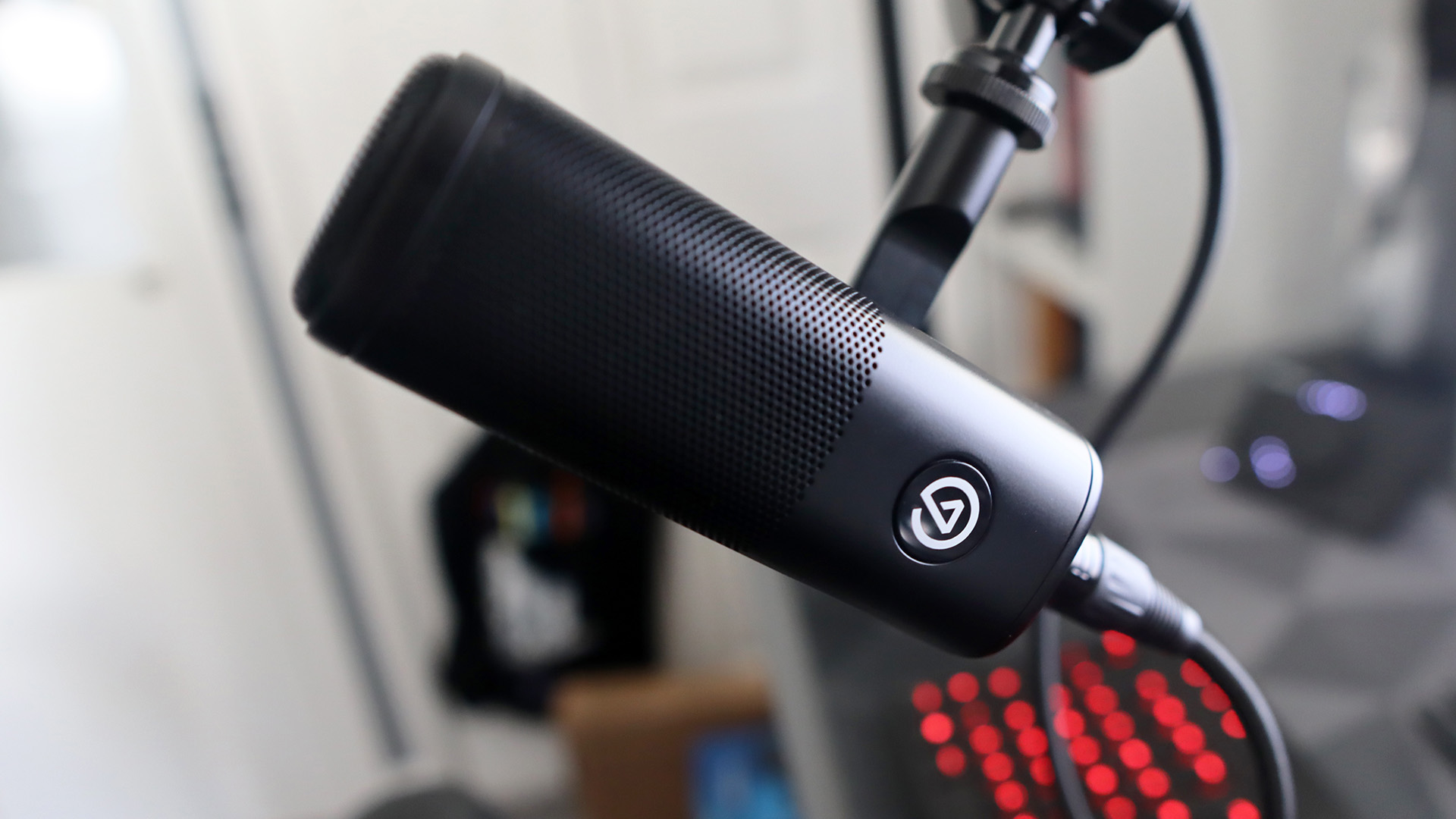Our Verdict
Yes, it's expensive all in, but the Elgato Wave DX offers brilliant audio and the flexibility of an XLR microphone to take your streams to the next level.
For
- Brilliant audio quality
- Dynamic microphone
- Doesn't pick up too much background noise
Against
- Requires a lot of extra kit...
- ...which costs quite a bit more money
PC Gamer's got your back
I’ve tested a handy few microphones in my time, but not once have I had the pleasure of using an XLR mic. For the uninitiated, the XLR form is arguably the more traditional form that mics can take, given the connector has been around since the 1950s and amongst professionals is the de-facto standard for most audio devices, microphones included. As streaming has become more of a popular medium, XLR mics have taken on a new lease of life as content creators look to create the best content they can, and of course, audio is a big part of that.
As a result, we’ve seen a fair amount of brilliant XLR microphones released for pro use that streamers have also begun to use—think of Shure’s SM7 or Rode’s Procaster. Well, in the last couple of years, we’ve seen more companies join the party, such as Elgato, the Corsair owned brand which has made a name for itself with some of the best all-round kit for streamers, ranging from the Stream Deck to their range of keylights.
But anyway, back to the focus at hand: the Elgato Wave DX is its latest (and potentially greatest) entry in their lineup of microphones, and as you’ve probably guessed it, it’s an XLR one!
As a result of it being an XLR mic, the Wave DX was a little fiddly to set up; it's not the most plug and play device in the world in the sense of plugging in one cable and the mic works. Instead, it's a multi stage procedure that relies on you having a few things to hand.
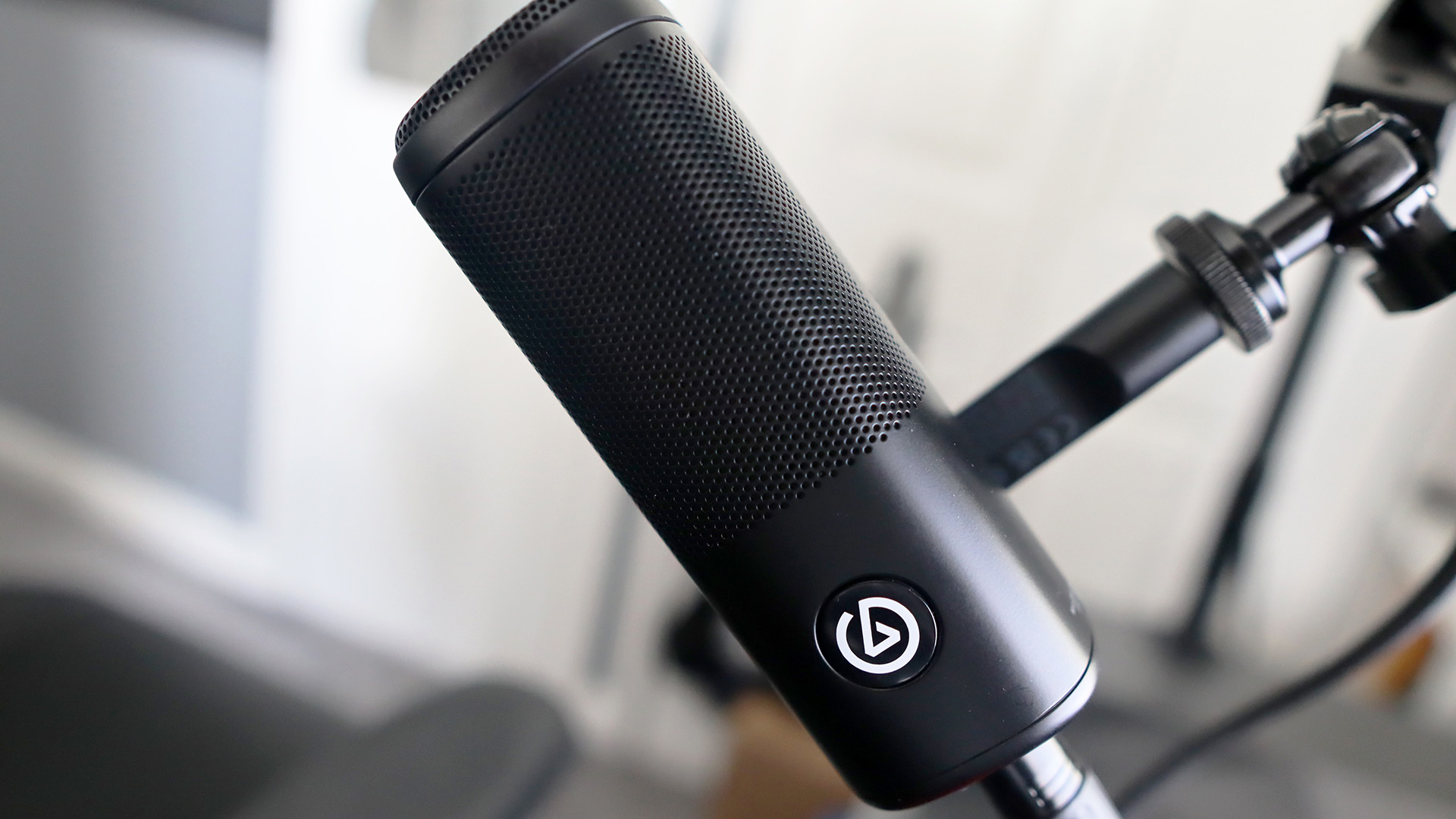
Frequency: 50–15,000Hz
Directional patterns: Unidirectional Cardioid Polar Pattern
Controls: Volume dial, mute button (on Wave XLR)
Recording sample rate: 96kHz
Bit depth: 24-bit
Weight: 440g
Price: $99 for mic/$369 for whole kit
To actually get the Wave DX working you'll need the mic itself, as well as an XLR cable (sold separately, but any XLR cable should do) and an interface of some form, which is where you plug the mic into, and the interface then plugs into your PC. I should say at this juncture that this mic should work with any XLR interface, but for the sake of unity and convenience, I'm using Elgato's own Wave XLR, which also gives you access to on board gain control, so not to clutter the sleek design of the Wave DX itself.
Once you've jumped through a couple of hoops and you've set the Wave DX up on a mic arm (there isn't a tripod stand in the box), then you're ready to go. The setup is actually a lot easier than I'm making out—it's literally just plugging in a handful of cables. It's worth noting here how well built every part of this kit is and how simple it is to operate. The Wave DX features this minimalistic and almost elegant look to it. There's no unneeded bulkiness with a shock mount or external pop filter, like you get with other mics—interestingly, the Wave DX has an internal pop filter. It's comprised majorly of metal too, and feels rather sturdy indeed. The same goes for the boom arm and Wave XLR interface too, which, although is made of plastic, doesn't feel cheap in the slightest.
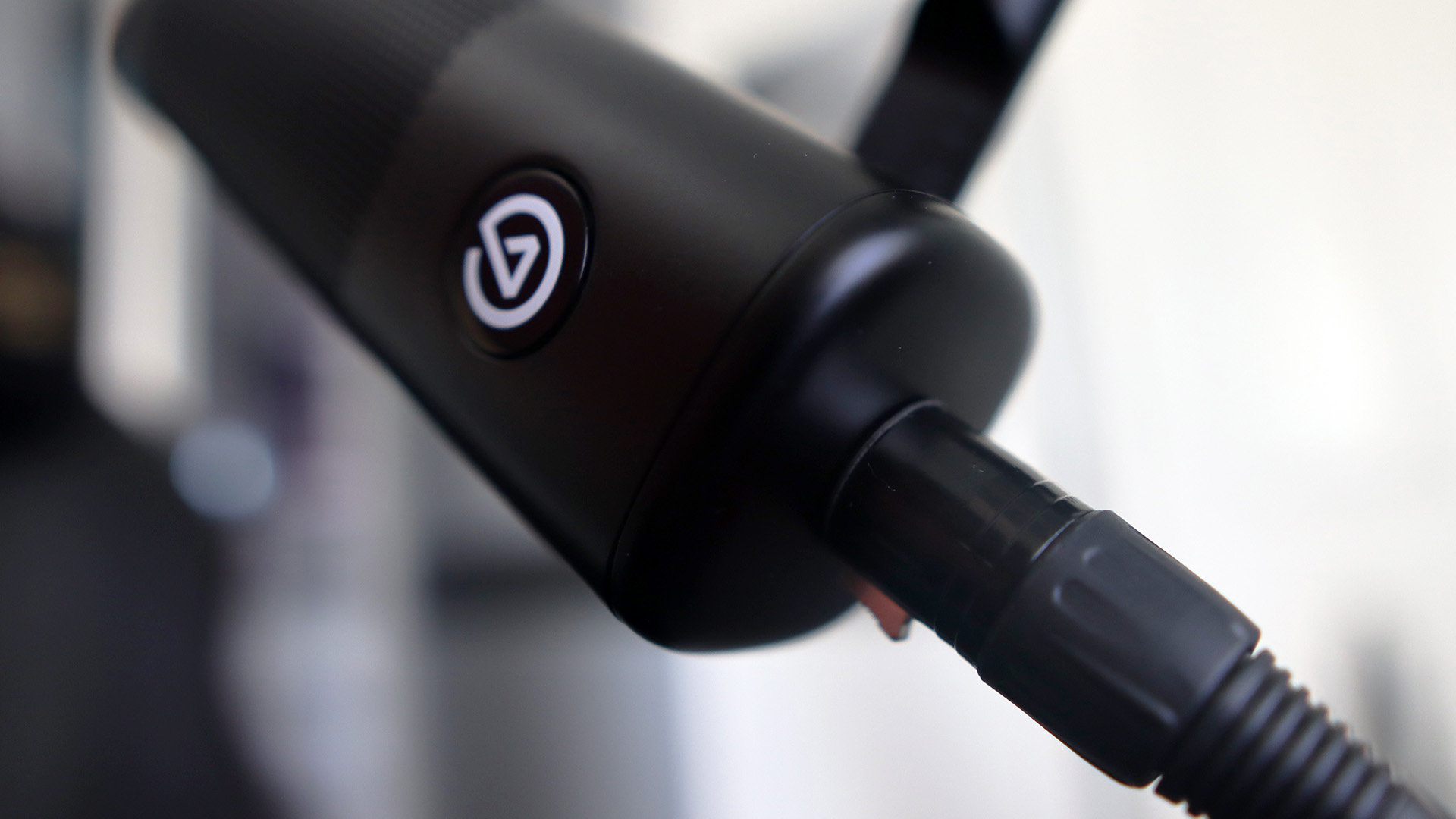
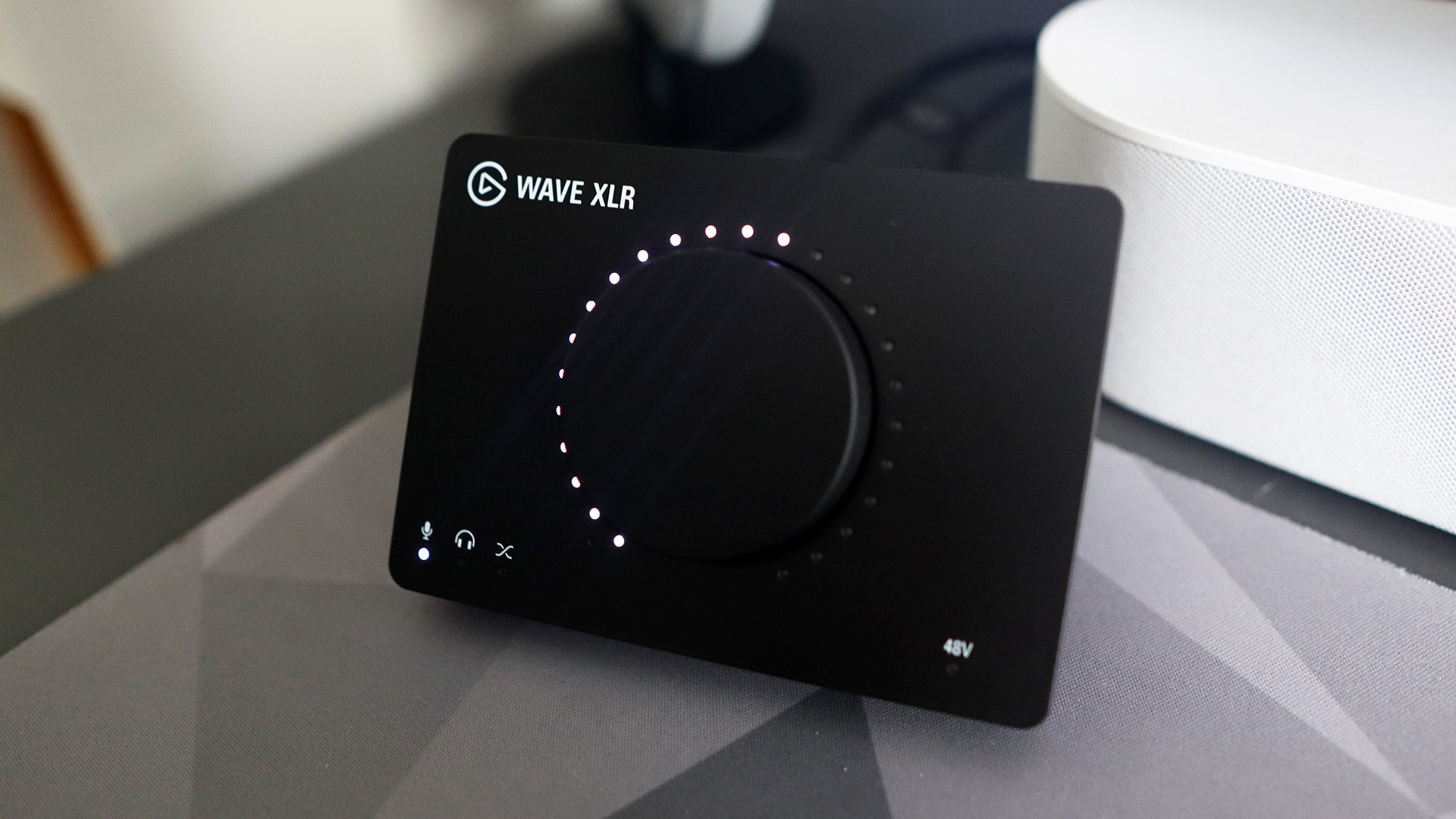
Of course, the most important thing with a mic is how it sounds, and I'm pleased to report the Wave DX sounds marvellous. It provides vocals that have plenty of body to them alongside some excellent clarity. My only issue with it is that some plosives did still come through with a slightly annoying hissing noise, proving that while the internal pop filter offers more of a design minded way of removing harsh sounds, an external physical barrier may offer a more surefire way.
The Wave DX is actually a dynamic microphone, which means it's better suited to capturing louder noises.
The Wave DX offers a cardioid polar pattern, which is ideal for voices, although intriguingly, isn't a condenser mic, like a lot of other more affordable options are. Instead, the Wave DX is actually a dynamic microphone, which means it's better suited to capturing louder noises—ideal if you're someone who bellows into a mic. As a dynamic microphone, it also doesn't require any external power, unlike condensers, whose XLR based versions will need to draw power from somewhere—usually the interface their plugged into. If you do want to use a condenser XLR mic with the Wave XLR interface, it can provide the 48V of phantom power needed for them to run.
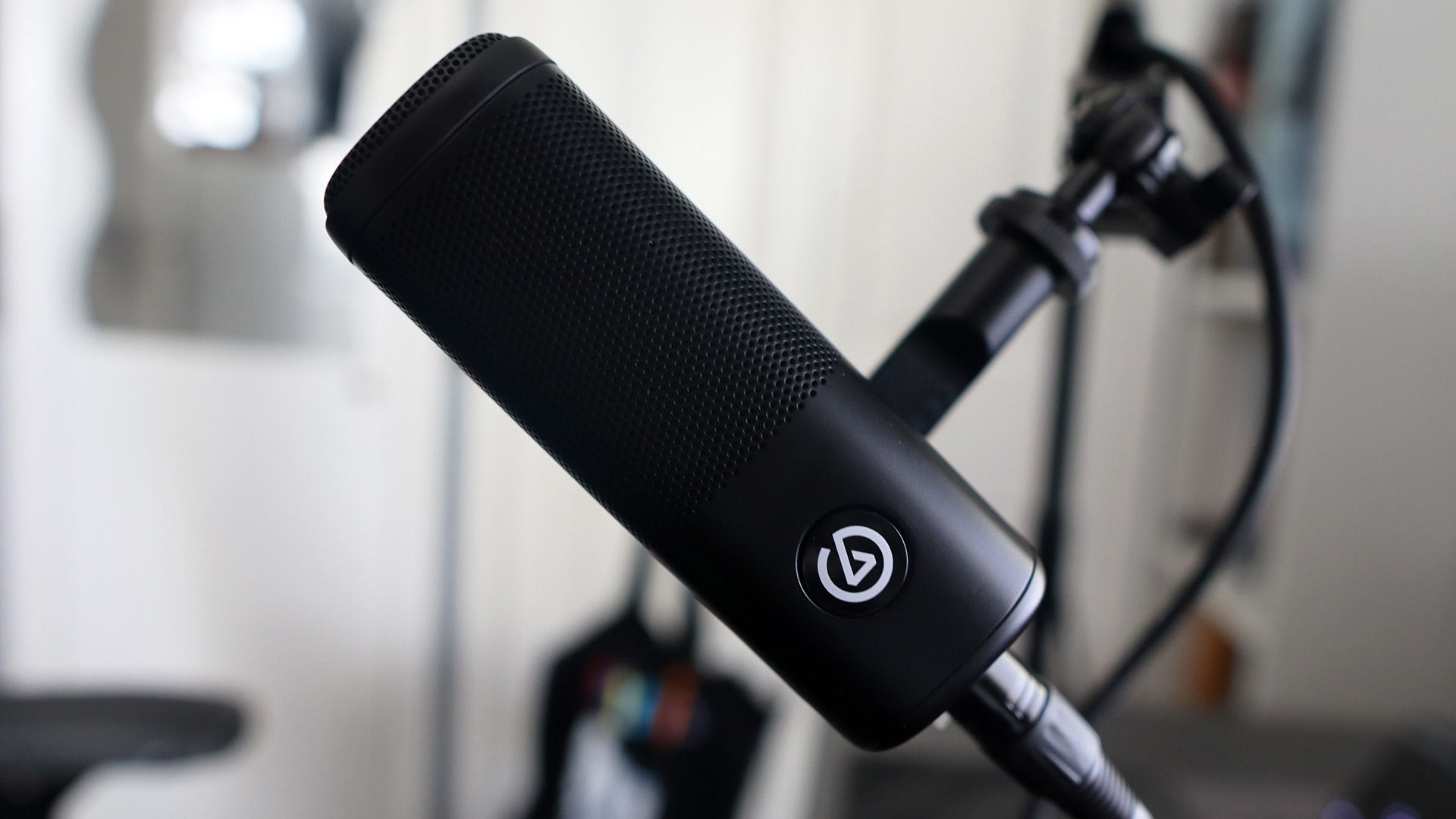
Elgato's XLR mic also did a brilliant job of cancelling out most background noise, so it was just my voice that was coming through, as opposed to any angry typing on a keyboard. In addition, you can get an additional plug-in that can help to cancel noise even further. This brings me nicely onto the support for VST plugins, including Elgato's own EQ, where you can fiddle with the different frequencies of your voice—if you want a little more bottom end or more twinkly, then away you go!
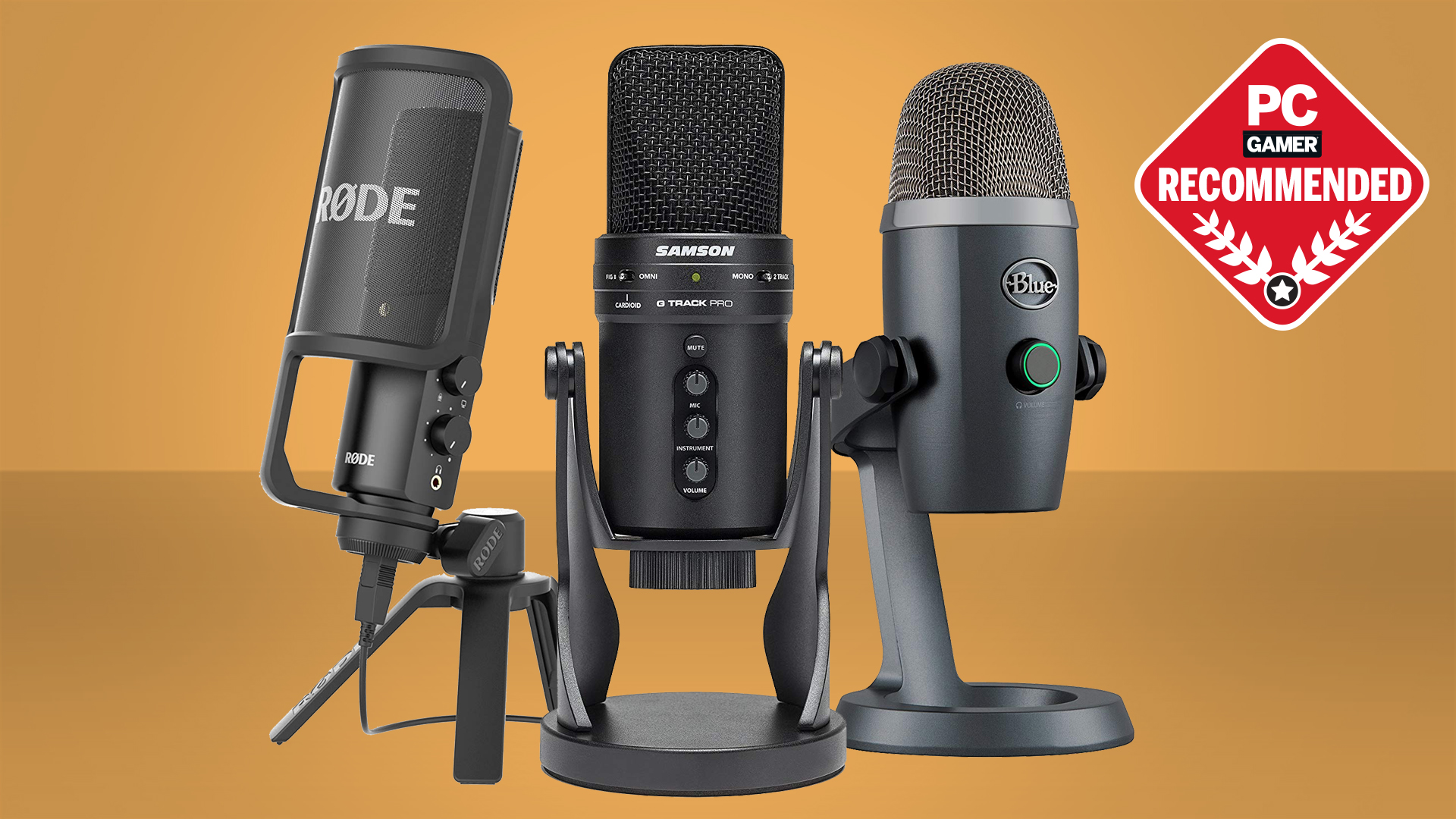
Best microphone for gaming: make sure you're heard
Best webcams: be seen while you get your stream on
Best capture cards: lessen the load with a dedicated card
At this juncture, I realise I haven't mentioned the actual price of the Wave DX, and of course, its assorted kit needed to get things working. The mic itself is $99/£110 which puts it in the more affordable category for XLR mics, and for that, it represents brilliant value for money. Things become a little more fiddly when you add all the other bits needed to get it working, which actually come to more than the mic itself. The Wave XLR interface is $160/£160 while the boom arm clocks in at $90/£90 and the separate XLR cable sits at $20/£20. In essence, you'll be paying close to $400/£410 to get all this up and running, which pushes it out of the 'affordable' category somewhat.
All in all though, the Wave DX is a great microphone with some excellent clarity and full bodied audio that should really take your stream and content creation game to the next level. With all the kit bundled in, it is quite expensive, but if you're wanting a sleek and minimalistic looking setup to stream with, this is a fine choice.
Yes, it's expensive all in, but the Elgato Wave DX offers brilliant audio and the flexibility of an XLR microphone to take your streams to the next level.

Reece Bithrey is a freelance journalist with credits in Trusted Reviews, Digital Foundry, PC Gamer, TechRadar, PCGamesN, and Custom PC magazine reviewing all sorts of computing gubbins, including keyboards, mice, laptops, and more. He also has his own blog, UNTITLED, has bylines for WatchGecko's online magazine, and graduated from the University of Leeds with a degree in International History and Politics in 2023. When not writing, you'll usually find him bellowing at virtual footballers on Football Manager or tinkering with mechanical keyboards.
